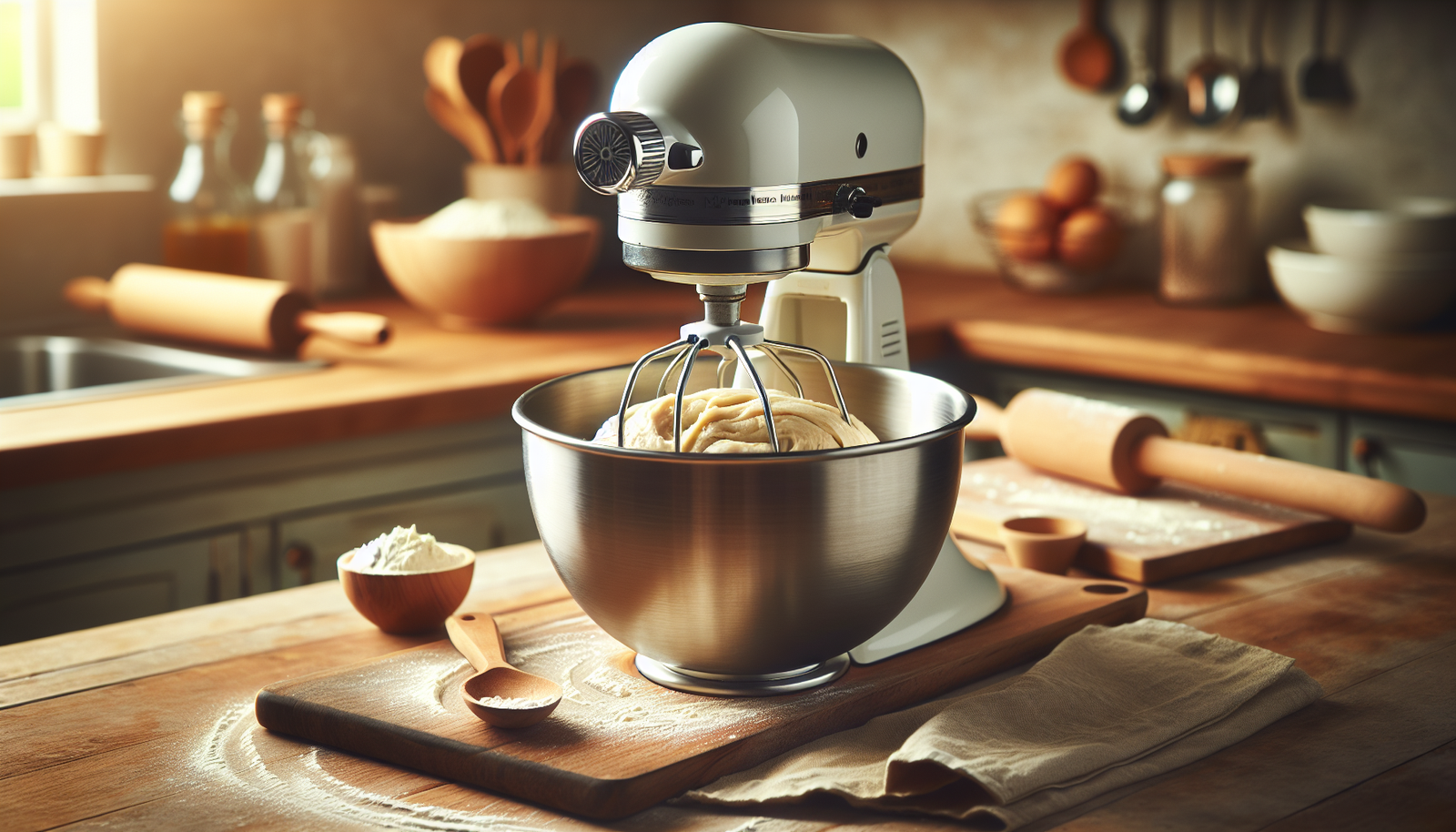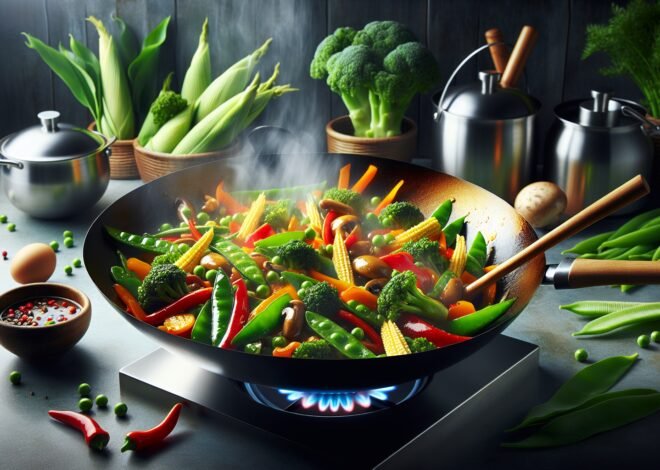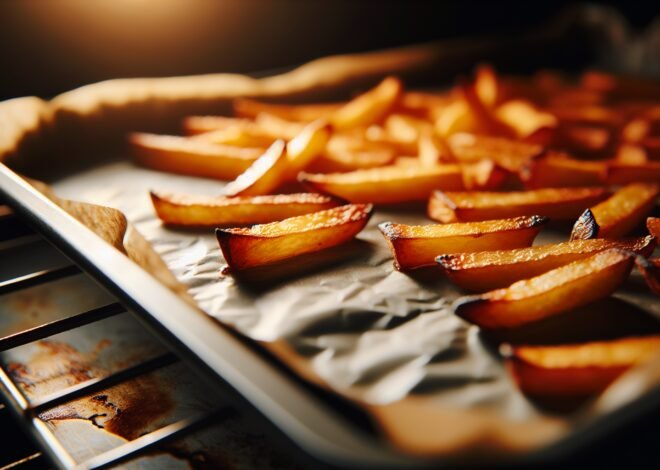
How to Make Dough Using a Stand Mixer: Tips for Success
Make dough with a stand mixer to effortlessly achieve perfect consistency every time. Using this kitchen equipment can transform a time-consuming task into a straightforward process, especially for those who enjoy fresh, homemade bread or pastries. Stand mixers not only save time but are also designed to mix dough evenly, reducing the risk of overworking it. This article will guide you through essential tips and techniques for using a stand mixer efficiently to achieve the best results. Whether you’re new to baking or an experienced chef, understanding these methods can enhance your baking experience significantly.
## Benefits of Using a Stand Mixer for Dough
Using a stand mixer for dough can transform your baking experience. With its advanced features, it takes the hard work out of kneading, mixing, and blending. Whether you’re an experienced baker or just starting, understanding these benefits can significantly improve your dough-making endeavors.
### Enhanced Kneading Efficiency
Stand mixers excel in providing enhanced kneading efficiency. The powerful motor combined with a dough hook ensures that every part of the dough is thoroughly worked. This mechanical kneading mimics the motion of hand-kneading but does so more consistently and with less effort. As a result, gluten development is optimal, making your bread rise better and your pastries flake perfectly.
The machine’s ability to handle tough doughs, like those for bagels or thick artisan loaves, without tiring out, is a significant advantage. Its stable operation keeps your counter mess-free, allowing you to multitask efficiently. This efficiency means you can prepare more batches in less time, making it ideal for both small household kitchens and larger baking operations.
### Consistent Dough Texture and Quality
Achieving consistent dough texture and quality is crucial for baked goods. A stand mixer ensures uniformity with each batch, eliminating human error that can occur when hand-kneading. The consistent speed and power of the mixer mean that ingredients are mixed evenly, leading to a uniform texture.
Each ingredient, from flour to yeast, is distributed consistently, producing reliable results every time. Whether you’re making pizza dough or delicate pastries, you can expect the same high standard. This precision allows for experimentation with confidence, encouraging creativity without compromising quality.
### Versatility Across Different Dough Types
A stand mixer offers versatility across different dough types, accommodating everything from the thickest bread doughs to the lightest cake batters. Its various speed settings and attachments cater to a wide range of recipes, making it a versatile tool in your baking arsenal.
It’s not just for professional bakers; home cooks can also enjoy making diverse recipes, including sourdough, rye, and gluten-free doughs. The mixer’s adaptability encourages trying out different cuisines and expanding your baking repertoire. This versatility means you can experiment and perfect various dough types with ease.
## Step-by-Step Guide to Making Dough with a Stand Mixer
Making dough with a stand mixer can simplify the process and enhance the final product. This step-by-step guide provides clarity and direction, ensuring your dough turns out perfectly every time. By following these steps, you can harness the potential of your stand mixer for optimal results.
### Preparing Your Stand Mixer for Dough Making
Before you begin, it’s essential to prepare your stand mixer for dough making. Start by ensuring all parts, especially the bowl and dough hook, are clean and dry. Attach the bowl securely to the stand mixer, followed by the dough hook.
Check your mixer’s speed settings and familiarize yourself with them, as different dough types may require specific speeds. Gather all your ingredients and have them measured, ready for mixing. Preparing your mixer in advance sets the stage for a seamless dough-making process.
### Combining Ingredients in the Right Order
Combining ingredients in the right order is crucial for successful dough. Begin by adding liquids like water or milk to the bowl. Follow with dry ingredients such as flour and salt, keeping yeast and sugar separate initially. This separation prevents premature activation of the yeast.
Gradually incorporate the dry ingredients into the liquid using the lowest speed setting. Once combined, increase the speed for kneading until the dough forms a cohesive ball. The right order ensures even mixing and prevents clumps or streaks in your dough.
### Correcting Common Dough-Making Mistakes
Even with a stand mixer, mistakes can happen. Identifying and correcting these errors ensures your dough is always top-notch. If your dough is too dry, slowly add water while mixing until the desired consistency is reached. Conversely, if it’s too sticky, sprinkle in flour a little at a time.
Over-kneading can also be an issue, resulting in tough dough. Pay attention to the dough’s texture; it should be smooth and elastic, not stiff. By being aware of these common mistakes and knowing how to correct them, your dough-making process will be smoother and more successful.
## Tips for Perfecting Dough Recipes with a Stand Mixer
Perfecting dough recipes with a stand mixer involves more than just mixing ingredients. Understanding the nuances of your mixer and the dough itself can elevate your baking. These tips will guide you in optimizing your recipes for consistent success.
### Choosing the Right Attachments and Speeds
Selecting the proper attachments and speeds is vital for achieving the best results. Most stand mixers come with a dough hook, ideal for bread and pizza dough. For lighter mixtures, a paddle or whisk attachment may be more appropriate.
Start mixing at a low speed to combine ingredients, then increase to medium for kneading. Avoid high speeds, as they can overwork the dough and affect its texture. Matching the right attachment and speed to your dough type ensures optimal mixing and kneading.
### Monitoring Dough Consistency and Adjusting Hydration
Monitoring dough consistency is key to successful baking. The dough should be slightly tacky but not sticky, with a smooth texture. Adjusting hydration levels as needed can help you achieve this balance.
If the dough is too wet, gradually add flour until it reaches the correct consistency. Conversely, if it’s too dry, incorporate small amounts of water. Understanding these adjustments allows you to tailor the dough to your recipe, ensuring perfect results every time.
### Properly Cleaning and Maintaining Your Stand Mixer
Proper cleaning and maintenance of your stand mixer prolong its life and ensures peak performance. After each use, clean the bowl, attachments, and exterior with warm soapy water. Dry thoroughly to prevent rust or damage.
Regular maintenance checks, such as tightening loose parts and lubricating gears, keep your mixer in optimal condition. Storing it correctly, away from heat and moisture, also contributes to its longevity. By taking care of your stand mixer, you’ll ensure it remains a reliable tool in your kitchen for years to come.
Conclusion
Using a stand mixer to make dough streamlines the process and ensures consistent results. Begin by adding the dry ingredients to the mixing bowl, followed by the wet ingredients as per the recipe instructions. Attach the dough hook, start on low speed, and gradually increase to avoid flour splashing. Mix until the dough forms a cohesive ball and develops elasticity. Allow the dough to rise as directed after mixing.
“`html
FAQ
What are the essential ingredients for making dough with a stand mixer?
Flour, water, yeast, and salt are the basic ingredients needed. Depending on the recipe, sugar, oil, or butter might also be used. These ingredients blend seamlessly in a stand mixer, creating perfect dough consistency.
How long should I knead dough in a stand mixer for optimal results?
Kneading dough in a stand mixer usually takes about 8-10 minutes. Monitor the dough until it becomes smooth and elastic. Over-kneading can alter texture, so keep an eye on it.
Can I use a stand mixer to make different types of dough, like bread or pizza?
Absolutely. A stand mixer is versatile and can handle various dough types, including bread and pizza dough. Adjust the mixing time and speed based on the dough type for best results.
What speed setting is best when mixing dough in a stand mixer?
Start on a low speed setting, usually 1 or 2. Gradually increase if needed. This prevents flour from spilling and ensures the dough mixes evenly.
How do I know when the dough is properly kneaded using a stand mixer?
Properly kneaded dough should be smooth, elastic, and slightly tacky. It should pass the “windowpane test,” where you can stretch a small piece without it breaking.
What are common mistakes to avoid when making dough with a stand mixer?
Avoid over-kneading, which can make dough tough. Using incorrect speed settings or adding too much flour can affect texture and rise. Follow the recipe closely for best results.
“`











